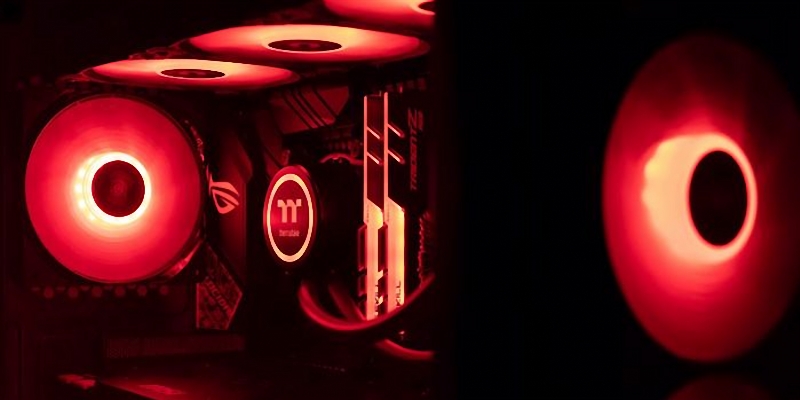NEWS
NEWS
Watching red led lights for short time each day can improve the vision of the people above 40 and over
04-07-2020
Researchers of UCL (University College London) had made a scientific research proving that wathcing deep red light for three minutes each day can improve the worsening eyesight for the elderly. Scientists think that new cost-effective eye therapies at home will be popular to help millions of people with naturally declining vision around the world.
Researchers had obtained their previous proofs in mice, bumblebees and fruit flies, which all proved great improvements in the working of the retinas photoreceptors when their eyes were facing deep red light at a wavelength of 670 nm..
The research covered 24 people (12 male, 12 female) between 28 and 72, who had no eye disease, to test. All of their eyes were tested for the sensitivity of their rods and cones at the beginning. Rod sensitivity help people see in dark while cones sensitivity can help distinguish colors in low contrast.
All of the participants go home with a small LED torch, they were asked to watch the deep red 670nm light beam for three minutes a day for two weeks. Then they were then tested for their rod and cone sensitivity again.
The test result proves that the 670nm light did not have influence on the eyesights of younger people, but in those around 40 years and over, great improvements were achieved. For color detection, the sensitivity improved by up to 20% in some people who are about 40 years old and over. Improvements were much greater in the blue part of the color spectrum that is more vulnerable in ageing.The ability to see in low light also improved greatly in those aged around 40 and over while less than color contrast.
The study revealed simple and short-time exposures to light wavelengths might greatly improve the vision of the people who are around 40 years old and over, whose retina cells have begun to decline.

Researchers had obtained their previous proofs in mice, bumblebees and fruit flies, which all proved great improvements in the working of the retinas photoreceptors when their eyes were facing deep red light at a wavelength of 670 nm..
The research covered 24 people (12 male, 12 female) between 28 and 72, who had no eye disease, to test. All of their eyes were tested for the sensitivity of their rods and cones at the beginning. Rod sensitivity help people see in dark while cones sensitivity can help distinguish colors in low contrast.
All of the participants go home with a small LED torch, they were asked to watch the deep red 670nm light beam for three minutes a day for two weeks. Then they were then tested for their rod and cone sensitivity again.
The test result proves that the 670nm light did not have influence on the eyesights of younger people, but in those around 40 years and over, great improvements were achieved. For color detection, the sensitivity improved by up to 20% in some people who are about 40 years old and over. Improvements were much greater in the blue part of the color spectrum that is more vulnerable in ageing.The ability to see in low light also improved greatly in those aged around 40 and over while less than color contrast.
The study revealed simple and short-time exposures to light wavelengths might greatly improve the vision of the people who are around 40 years old and over, whose retina cells have begun to decline.



